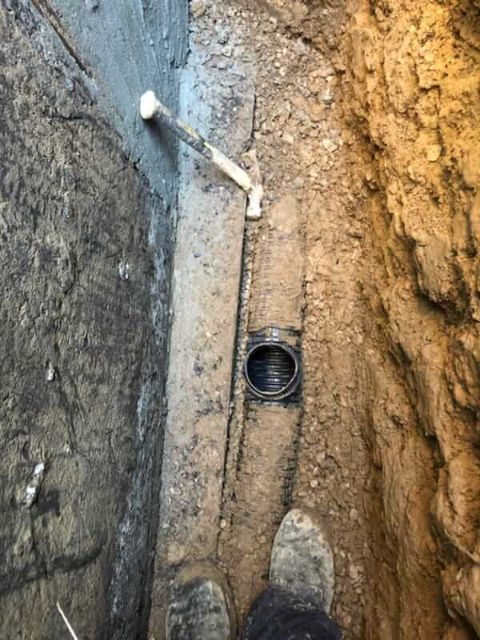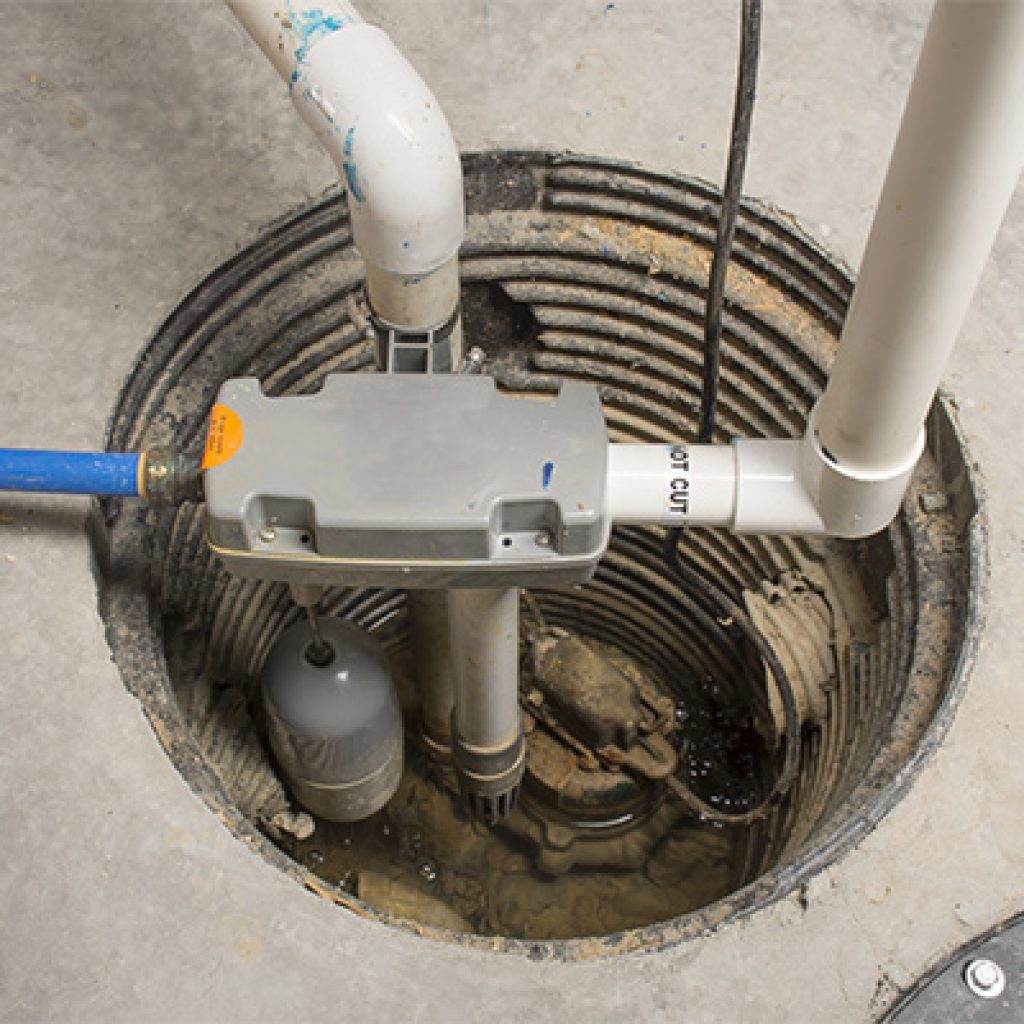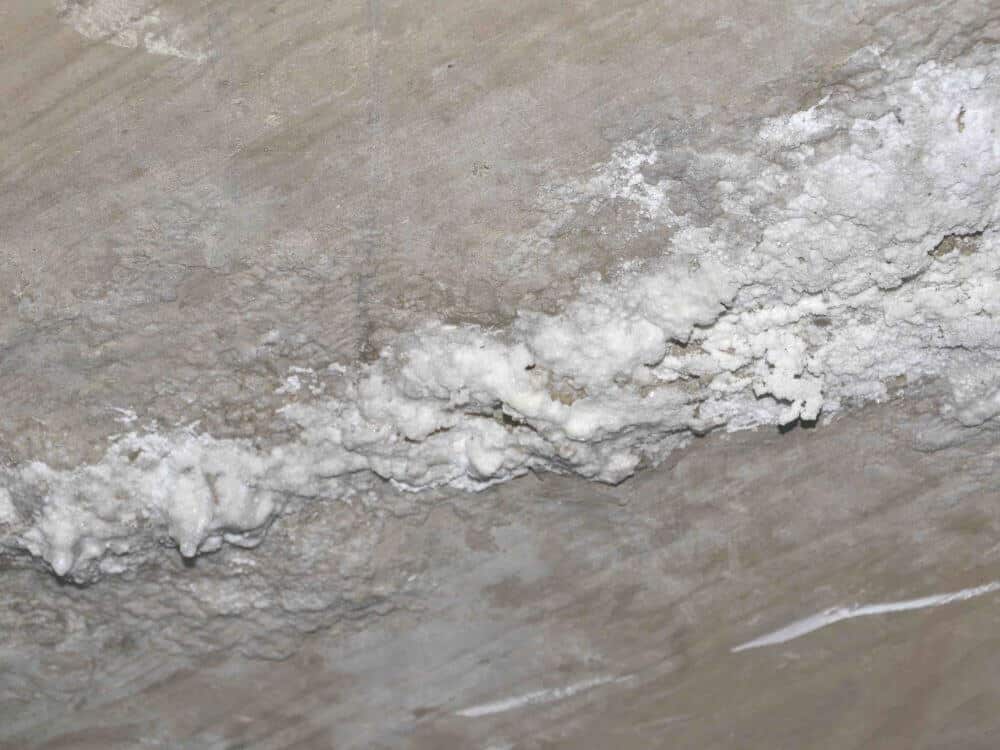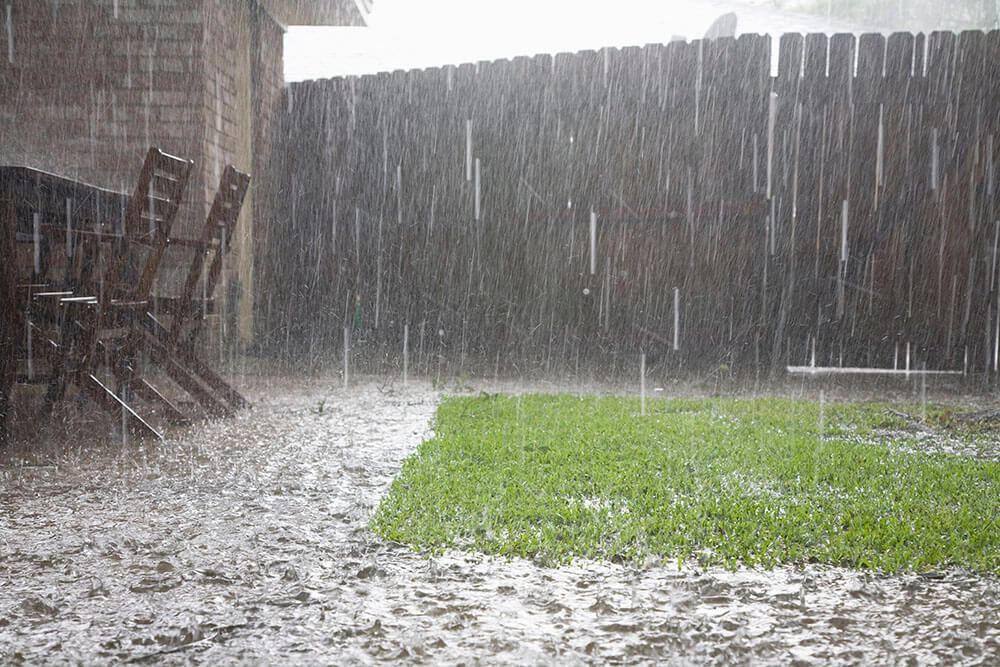Need Weeping Tile Installation in the GTA?
Or click here to learn more about foundation repair.
However, taking a step towards avoiding drainage issues altogether is crucial. Weeping tiles help prevent drainage issues at their inception, which makes them an excellent solution for all homes. In this post, you’re going to learn more about the basics of weeping tile installation. In addition, we’re going to talk about the difference between these and French drains.
Weeping tile installation and service. Contat Us.
What Are They?
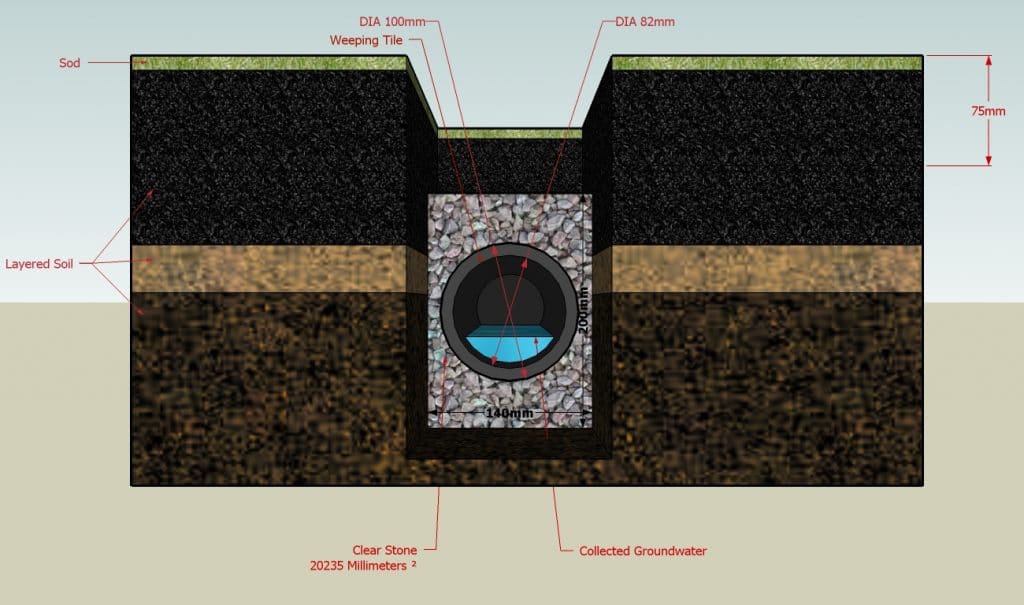
Weeping Tile System Types
- French drains are exterior weeping tiles. These are made to deal with drainage on the ground level. In other words, French drains manage drainage before it enters your home. This is the tile type that’s installed into trenches dug around your home’s outside perimeter.
- Interior weeping tiles are the second layer of protection against drainage issues. When and if the French drains fail, this system directs the water to a sump pump. The pump sends the water through the piping, to the storm sewer outside.
How to Install Weeping Tile
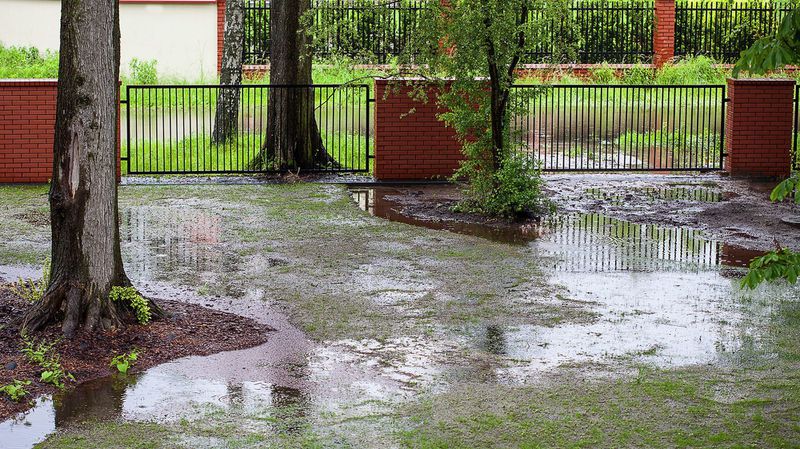
Exterior Weeping Tile
- First, a trench is dug. This trench is supposed to be 12” in width, and surrounding your home’s outside perimeter. For every eight feet, the trench needs to slope one inch. The plants and soil that are in the way are removed and stored in a pre-determined location.
- After the trench is dug, about two to three inches of gravel are applied to the trench’s base. Preferably, river or granite gravel is used
- Then, the pipe is laid on top of the poured gravel. It is then wrapped with landscape fabric to avoid potential obstructions down the line. Bear in mind that you should leave a joint for cleaning out, which will help with the maintenance.
- Finally, the trench is filled with gravel or a sand-gravel combination. On top, dirt with sod is added, which conceals the French drainage and allows you to replant the removed plants.
Interior Weeping Tile
Installing interior weeping tiles is much easier than French drainage. First of all, the area of work is probably much smaller. Secondly, if you’ve ever installed a sump pump, you’re going to be familiar with the whole process. Still, this is a lot of hard work, and hiring an expert to handle this is recommended.
- The concrete floor in the basement is cut through with a circular saw and a chipping hammer. The required opening is supposed to be around 12”x12” and surround the basement’s foundations. Once the gravel below the concrete is accessed, a 1’-2’ trench is dug.
- Like with French drainage, gravel is poured, until it fills the bottom of the trench.
- The pipe is then laid, much like with the exterior weeping tiles, as explained above.
- Then, the area is covered with gravel. This is left to settle for around a day. Finally, concrete is poured.
Weeping Tile Maintenance
Weeping tiles, interior or exterior, need to be checked on regularly. The problems are supposed to be addressed immediately, to avoid complications. The maintenance process includes cleaning out debris and leaves from the gutters and frequently redirecting downspouts from the house outwards. This goes for window wells, too. The sump pump also needs to be working properly at all times, which is why you should consider adding a backup battery.
